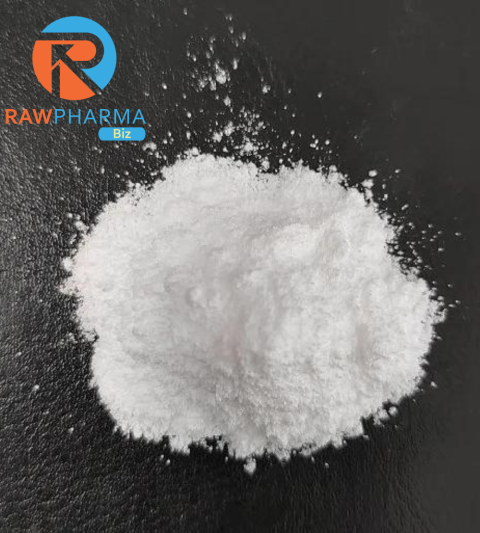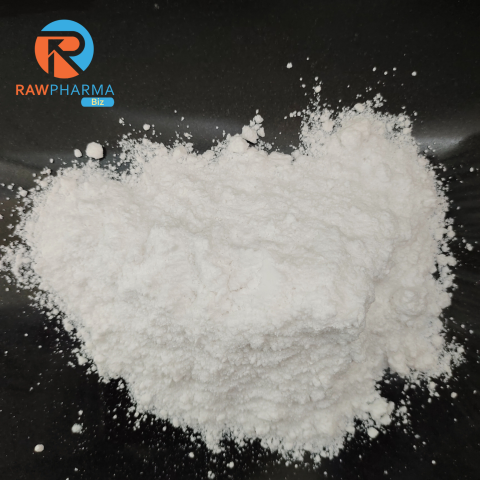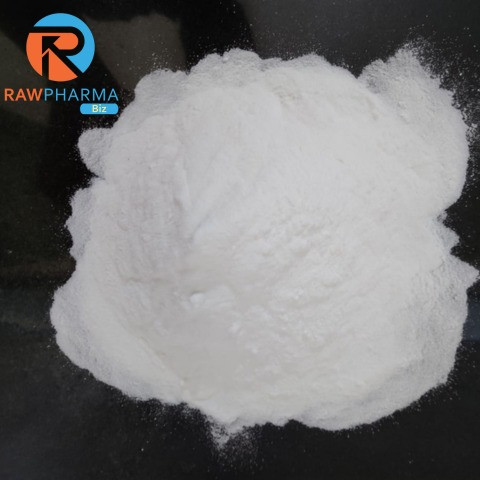Sodium Acid Pyrophosphate Food Grade 25Kg Pack
Short Descriptions
Sodium acid pyrophosphate (SAPP) is a chemical compound commonly used as a leavening agent in baking and a buffering agent in various food and beverage applications. It helps control the pH of food products and contributes to the texture and appearance of baked goods by producing carbon dioxide gas, which causes dough to rise. Additionally, SAPP is utilized as a stabilizer in certain processed foods to maintain their freshness and quality.
More Information
Details
Sodium acid pyrophosphate (SAPP), also known as disodium dihydrogen pyrophosphate, is a versatile chemical compound with a wide range of applications, primarily within the food and beverage industry. It belongs to the class of phosphates and serves various functions, owing to its unique chemical properties. Sodium acid pyrophosphate is composed of sodium cations (Na+) and the pyrophosphate anion (P2O7^4-). Its chemical formula is Na2H2P2O7, reflecting its composition. One of the prominent uses of SAPP is as a leavening agent in baking. When incorporated into dough or batter, SAPP reacts with other components, releasing carbon dioxide gas. This gas formation contributes to the expansion and rising of the dough, resulting in a light and airy texture in baked goods. This leavening action is crucial in the production of various baked items such as cakes, muffins, and pancakes. Sodium acid pyrophosphate functions as a buffering agent, helping to regulate and stabilize the pH of food products. It is particularly useful in maintaining the acidity or alkalinity of certain processed foods, ensuring optimal taste, texture, and appearance. This pH control is vital in the production of products like canned vegetables, processed cheeses, and meat products. In addition to its role in leavening and pH control, SAPP serves as a stabilizer in various food applications. It helps prevent undesirable changes in color, texture, and flavor that can occur during the shelf life of processed foods. This quality maintenance aspect is crucial for extending the longevity and consumer acceptability of products ranging from sauces and dressings to processed meats. Sodium acid pyrophosphate also exhibits emulsifying properties, aiding in the formation and stabilization of emulsions in certain food products. Furthermore, it contributes to water retention, enhancing the moisture content and overall succulence of meats and other food items. It is important to note that the use of SAPP in food products is subject to regulatory guidelines and permissible limits set by food safety authorities. Manufacturers adhere to these standards to ensure the safety and compliance of their products. In conclusion, sodium acid pyrophosphate is a multifunctional ingredient that plays a pivotal role in the food industry, contributing to the texture, taste, and stability of a diverse array of processed foods. Its versatility makes it a valuable component in the formulation of various culinary products, balancing functionality with regulatory compliance.




